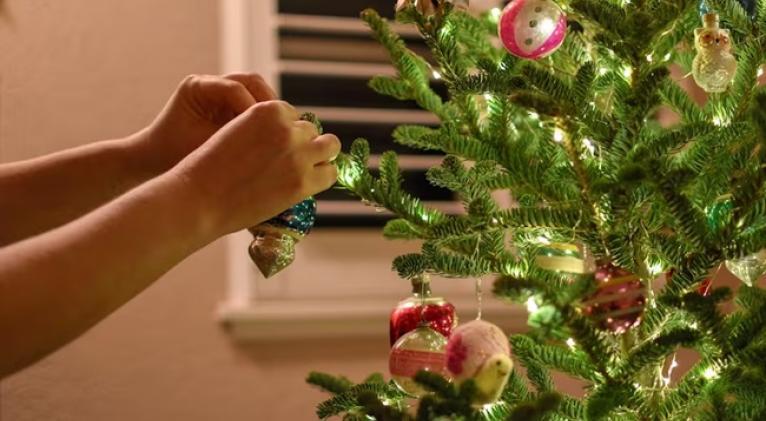However, its location in homes and numerous entities is a very old and rooted tradition, whose origins are linked to several cultures throughout history.
Evergreen trees have been used since ancient times as a way to celebrate the winter solstice, the moment when the days begin to lengthen and light overcomes darkness.
Consequently, the ancient Egyptians, Romans, Celts, and Scandinavians decorated their houses with green branches to symbolize life, fertility, and hope that does not fade.
In the 8th century, according to legend, the English missionary Saint Boniface cut down an oak which was sacred to German pagans who worshiped the god Thor and replaced it with a pine tree, which represented the eternal love of God.
In the 16th century, Germans began hanging candles on the tree to illuminate it, an idea attributed to Martin Luther, who was inspired by the stars he saw among the branches. Other decorations such as stars, angels, religious figures and ribbons were also added.
Some historians indicate that the first documented Christmas tree was the one installed in 1539 in the Strasbourg cathedral.
In Germany, during the 16th century, the “paradise tree” began to be represented as part of the Christmas festivities, specifically on December 24, in commemoration of Adam and Eve. This custom spread to other European regions and later became popular in other parts of the world.
The Christmas tree tradition spread throughout Europe thanks to marriages between royal houses. Queen Charlotte of England, of German origin, introduced the tree to her country in the 18th century. Her granddaughter Victoria popularized it along with her husband Alberto, also German.
They were the first to put gifts under the tree for their children. An 1848 illustration showing the royal family next to the tree caused a sensation and caused many Britons to imitate the custom.
The Christmas tree came to America with German and Dutch settlers in the 19th century. However, it was not until 1891 when the first official tree was installed in the White House at the initiative of President Benjamin Harrison.
Thus, adding branches and wreaths, these various historical influences have contributed to the evolution and spreading of the Christmas tree as one of the most popular and universal symbols of the December holidays in many parts of the world.
 Escambray ENGLISH EDITION
Escambray ENGLISH EDITION





Escambray reserves the right to publish comments.